Large planter and wicked beds
gardenweb1942
9 years ago
Related Stories
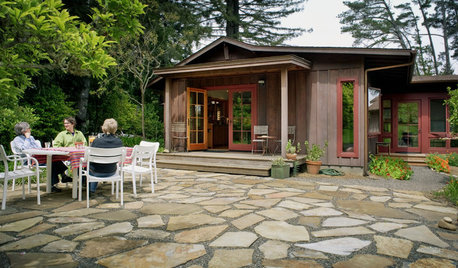
GREEN BUILDINGBuilding Green: The Paths, Beds and Decks That Define Your Landscape
You can make your outdoor area more sustainable by carefully designing your hardscape and selecting materials
Full Story
FARM YOUR YARDHow to Build a Raised Bed for Your Veggies and Plants
Whether you’re farming your parking strip or beautifying your backyard, a planting box you make yourself can come in mighty handy
Full Story
GARDENING AND LANDSCAPINGBuild a Raised Bed to Elevate Your Garden
A bounty of homegrown vegetables is easier than you think with a DIY raised garden bed to house just the right mix of soils
Full Story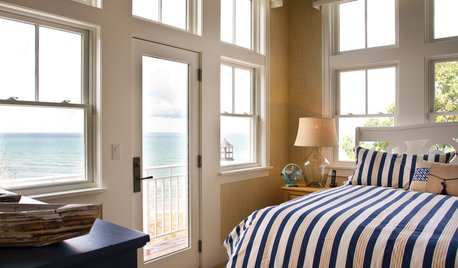
BEDROOMSRest Easy: Myth Busting for Bedding and Mattresses
We put to bed some of the misconceptions that may be keeping you from a good night's sleep
Full Story
SPRING GARDENINGInspiring Raised Beds for Fall and Spring Planting
Make Your Next Vegetable Garden Even Better with Beautiful Boxes and Paths
Full Story
GARDENING GUIDES8 Materials for Raised Garden Beds
Get the dirt on classic and new options for raised vegetable and plant beds, to get the most from your year-round garden
Full Story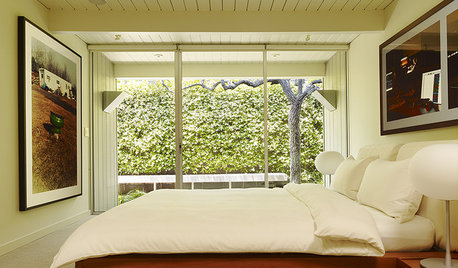
BEDROOMSGet Maximum Coziness in a Minimalist Bed
If stacks of plump pillows and fluffy coverlets make you toss and turn, make your bed in a simpler style that's no less comforting
Full Story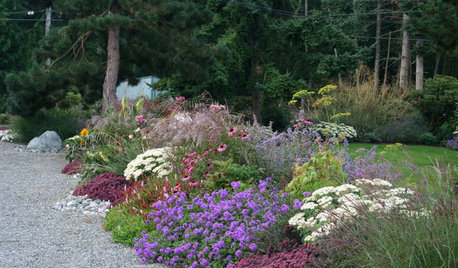
MOST POPULARHow to Design a Colorful Flower Bed
Fall planting: Delight the eye through 3 seasons with bright flowers placed just right. Late summer is the time to plan
Full Story
GARDENING GUIDESGarden Myths to Debunk as You Dig This Fall and Rest Over Winter
Termites hate wood mulch, don’t amend soil for trees, avoid gravel in planters — and more nuggets of garden wisdom
Full Story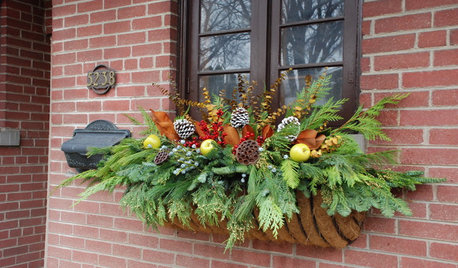
GARDENING GUIDES10 Dazzling Winter Container Designs
Get inspired by these ideas for festive arrangements in outdoor pots and planters
Full Story







Jay Part Shade (Zone 10B, S21, Los Angeles)
gardenweb1942Original Author
Related Professionals
Marco Island Landscape Architects & Landscape Designers · Wakefield Landscape Contractors · Framingham Landscape Contractors · Hawaii Landscape Contractors · Hurricane Landscape Contractors · Panama City Beach Landscape Contractors · Parkland Landscape Contractors · White Bear Lake Landscape Contractors · Alexandria Window Contractors · Palos Heights Window Contractors · Scotts Valley Window Contractors · Snoqualmie Window Contractors · Bellevue Fence Contractors · Crofton Fence Contractors · Lakewood Fence ContractorsJay Part Shade (Zone 10B, S21, Los Angeles)
Jay Part Shade (Zone 10B, S21, Los Angeles)